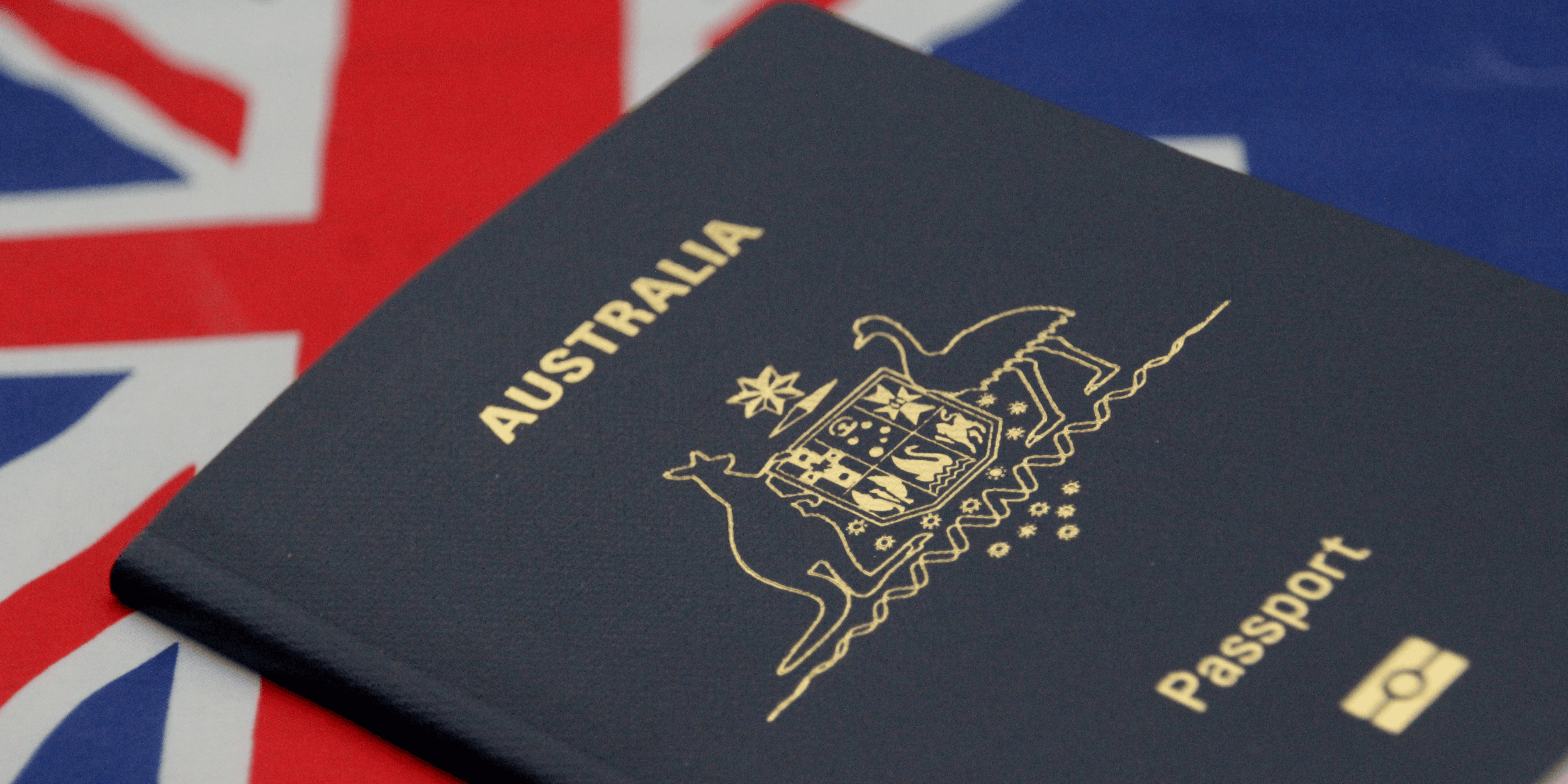Bridging Visas - All you need to know

Bridging Visa A
This is a temporary visa that allows you to stay in Australia after your substantive visa expires and while your new substantive visa is being processed, It bridges the gap between the old substantive visa and the outcome on the new substantive visa.
Eligibility Requirements
- Have held a substantive visa
- Be in Australia
- Have applied for a substantive visa or Judicial Review
*It is important to note that you cannot travel on a Bridging Visa A. Should you depart Australia while holding a Bridging Visa A, your Bridging Visa A will cease, and you will not be allowed to re-enter the country.
Bridging Visa B
This type of Bridging Visa allows you to leave and re-enter Australia (during a pre-determined travel period) while your substantive visa application is being processed. It may allow for single or multiple travel.
Eligibility Requirements
- Have held a substantive visa
- Hold a Bridging Visa A or Bridging Visa B
- Have applied for a substantive visa or judicial review
*It is recommended that you make an application for a Bridging Visa B two weeks before the date of intended travel.
Bridging Visa C
The bridging visa C is quite similar to the Bridging Visa A. It is granted to an applicant when they make a valid application for a substantive visa. The primary difference between the two, however, is that the applicant does not already hold a substantive visa at the time of making the application.
This could apply in one of the two situations explained below:
- The applicant lodged an application for a substantive visa while holding a bridging visa.
- The applicant was unlawful at the time of making the application.
Eligibility Requirements
- Must not hold a BVE. Must not have held a BVE since last holding a substantive visa
- Must not hold a substantive visa
- Must have applied for a Substantive Visa
- Must be a non-citizen
Bridging Visa E
A Bridging Visa E is a visa that allows people to remain in Australia lawfully, as they make preparations to leave the country.
They are granted as a way to remain in Australia while making a substantive visa application, waiting for a decision on an appeal, or waiting for a visa through ministerial intervention.
A Bridging Visa E is also granted to applicants seeking a protection visa.
Eligibility Requirement
- Be an unlawful non-citizen or Hold a BVE/BVD
Other Types of Bridging Visas
- Bridging Visa D - Granted when someone attempts to make an application for a substantive visa but is unable to do so.
- Bridging Visa R - Is granted to people who are in Immigration detention, but whose removal from Australia is not feasible.
- Bridging Visa F - Granted to suspected victims of trafficking or slavery
Need Legal Assistance?
Our experienced legal team is here to help you with your immigration and legal matters.





